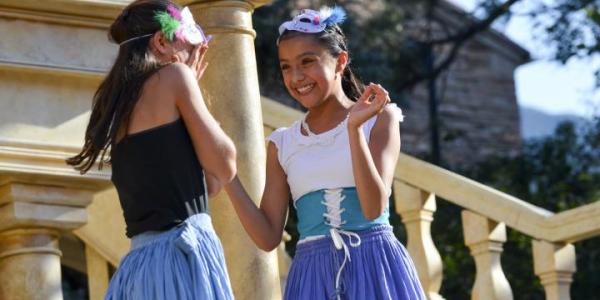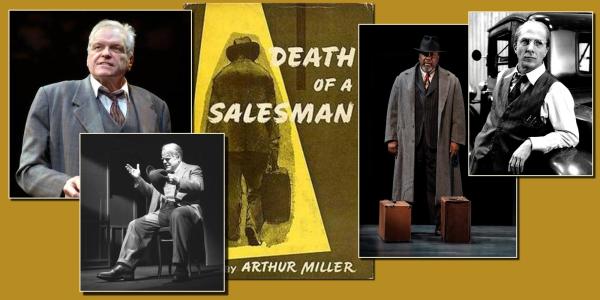CU Boulder students explore fear, empathy and interconnectedness through dance
The University of Colorado Boulder dance division kicks off 2018 with “Catapult,” a dance concert of original pieces by four BFA candidates. The performance, held Feb. 2-4 in CU’s Charlotte York Irey Theatre, showcases each woman’s eclectic dance background and delves into several unexpected topics, including philosophy, neuroscience and nature.
“Catapult” has allowed Kaitlyn Lawrence, a neuroscience and dance double major, to explore two very different passions in one project. Her piece deals with the relatively new discovery of mirror neurons, the brain system that causes us to feel empathy.
“When we see someone fall, we flinch,” Lawrence says. “When someone’s sad, we feel compassion. I wanted to explore the connection between our own personal memories and the empathy we feel.”
Lawrence explains that we all undergo similar big, emotional life events—periods of love, loss, confusion and pain—so when those events happen to others, we tend to feel empathy because we remember an analogous event that took place in our own lives.
In her untitled piece, Lawrence hopes to show the function of mirror neurons through dance. She and other dancers will draw on their own memories of key life events, such as starting a new job or experiencing heartbreak, to show how all their memories are interconnected.
“Anyone you ask says there’s been a time when they’ve felt lost, or a time when they’ve felt pure joy,” Lawrence says. “I’m hoping that audiences who see my piece think about these invisible connections we have with each other and how those connections are essential to our survival.”
Mattie McGarey, a philosophy and dance double major, also hopes her piece inspires introspection. Like Lawrence, she’s using “Catapult” to explore the connections between her two main areas of study.
“I’m interested in the way fear influences how we interact with the world,” McGarey says. “I’m interested in how fear impacts our relationships with nature, animals and each other, and how it shapes our vision of reality.”
McGarey believes fear, like empathy, connects all of us. To some degree, she says, we all fear unknown people, places and things, which drives much of today’s political and social divisions.
“The pain people feel right now, the instincts people have to protect those they love or protect the future of the world—it’s all based on fear,” she says. “We live in fear of the unknown, and recognizing that is the first step in freeing our minds and being able to truly connect with each other.”
The raw, powerful, animalistic dance on display in McGarey’s piece is meant to help audiences explore the idea that we’re often uneasy with what’s unfamiliar.
“I want people to ask themselves why we’re uncomfortable when we see movement on stage that isn’t totally human,” she says. “I hope people won’t write it off as ‘other.’ I hope they’ll try to recognize themselves in it.”



